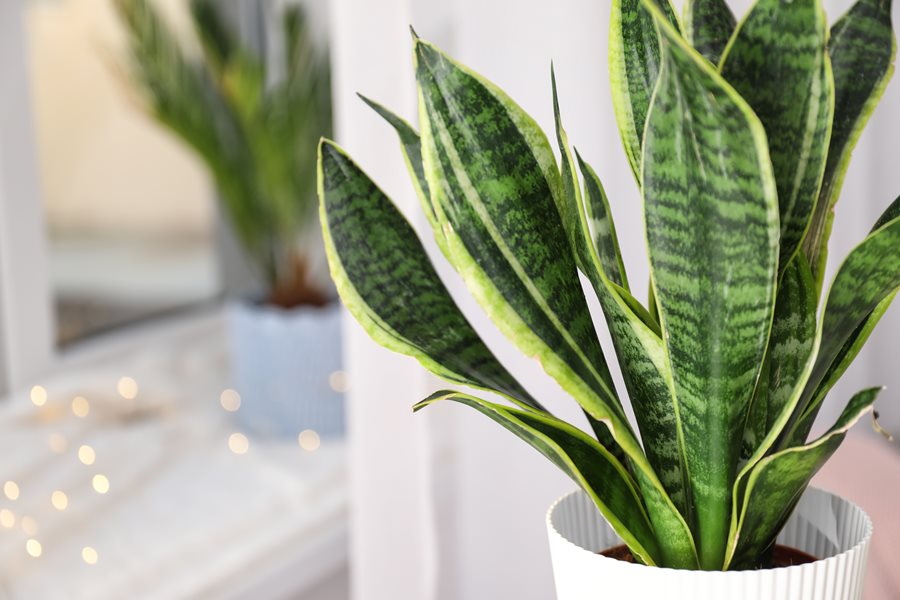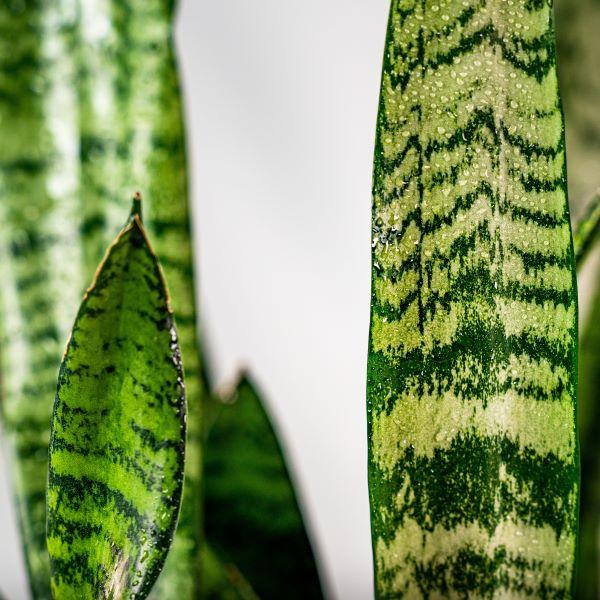Our Snake Plant Leaves Turning Yellow PDFs
Wiki Article
The Best Strategy To Use For Snake Plant Leaves Turning Yellow
Table of ContentsSome Ideas on Snake Plant Leaves Turning Yellow You Should KnowGet This Report about Snake Plant Leaves Turning Yellow10 Easy Facts About Snake Plant Leaves Turning Yellow DescribedSnake Plant Leaves Turning Yellow Fundamentals Explained9 Simple Techniques For Snake Plant Leaves Turning Yellow
The jury is still out on how efficient it is in purifying the air, but I still have one in nearly every space This unique plant is a terrific starter plant and with its simple treatment, you can not fail with it! In this article, I intended to share some ideas on looking after your sansevieria.Snake plants Enjoy well draining pipes soil. If the plant remains wet for also long, the roots can rot and eventually, your plant will die.
These plants are really comparable to cacti when it comes to their care. They don't like to be being in water for too long. Among the important things that will certainly maintain your plant from origin rot is well draining soil. You can get a premade cactus/succulent dirt (it's a mix of sand and soil) and a lot of yard stores will bring it.
This will certainly make your plant prone to parasites or other organisms discovered outdoors. I did this when and learned my lesson extremely swiftly and brought in additional little animals that were hazardous to my plant.
Some Known Factual Statements About Snake Plant Leaves Turning Yellow
Terra-cotta pots help with staying clear of root rot also. The plant will dry much quicker in a terracotta pot because the clay wick's water is from the dirt. I have some plants in attractive earthenware pots that are not terracotta too, but they all have a drain opening near the bottom.I like to get a pot that offers my new plant regarding 2 inches of growth space around the entire diameter of the pot. This provides the plant space to expand yet it's still a little bit snug. Replanting your sansevieria in too large of a pot implies a lot more dirt, leading to even more time to dry, which can bring about root rot.
If you have a pot on a wood flooring or timber surface, just see to it you place a plate or impermeable product under the pot to secure the pot from spoiling your surface area. The wonderful point about sansevieria is that it can deal with varied illumination situations. The plant will certainly grow better in brilliant light (near a home window in your home), but it can deal with a darker corner in your house as well.
It's impressive to see this plant grow in what appears to be inadequate lights conditions. It really is an exceptionally adaptable plant!
The Of Snake Plant Leaves Turning Yellow
A guideline when it pertains to lights: Simply because they can reside in low light does not mean that they will necessarily grow in reduced light. They will certainly expand much better in brilliant light. I discover the more I fail to remember regarding my snake plant, the far better! Just water when the dirt is completely dry.If there is a little moisture in the soil, then I will certainly check it once more in a week. How your plant holds moisture will depend on where you live. If you stay in a clothes dryer environment, after that it will dry out much faster, or if you stay in a moist climate, then it will hold water much longer.
Watering on stormy days keeps my plants soaked and they take longer to dry out. Or, if there is rainfall in the forecast, I will wait to water up until the rain is over. I water my sansevierias every 2-3 weeks. In winter season, I reduce watering and water regarding every 4 weeks.
I don't soak my plants with water since of the hazard of origin rot. I prefer to under water than over water them. Sansevierias do not like their fallen leaves to be damp, so when you water, just pour the water on the soil and try to avoid getting any water on the fallen leaves.
The Best Guide To Snake Plant Leaves Turning Yellow

Fluoride and chlorine can develop in your sansevieria, so this approach of leaving your water out will settle over time. Using filtered water check over here or collected rainfall water is an excellent choice as well! Cleaning the leaves is a fantastic routine that your sansevieria will certainly thank you for.

As the origins make their method out and grow, they will certainly require consistent call with the soil, so do not let your plant dry out also much when you are trying to proliferate. I'll look at my newly proliferated fallen Source leaves and offer them even more focus than common. If the dirt has ended up being bone dry, then I will offer them a good take in water.
Not known Details About Snake Plant Leaves Turning Yellow
In addition to being unbelievably easy to expand, serpent plants have a number of health advantages, consisting of filtering indoor air, removing poisonous toxins, and increasing mental health and wellness. Many home plants are tactically put for decoration and to preserve feng shui.:max_bytes(150000):strip_icc()/snake-plant-care-overview-1902772-04-d3990a1d0e1d4202a824e929abb12fc1-349b52d646f04f31962707a703b94298.jpeg)
Their leaves have a poisonous substance that can cause swelling and pins and needles on the tongue if consumed in huge doses. It's smart to maintain this plant away from children and animals who are susceptible to nibbling. The snake plant, typically referred to as mother-in-law's tongue, is a resilient succulent that can grow anywhere in between 6 inches to numerous feet.
What's one-of-a-kind about this certain plant is that it's one of the few plants that can transform carbon dioxide (CO2) into oxygen at evening. This high quality makes it a suitable plant for room style, because it can assist manage healthy and balanced air flow - Snake Web Site Plant Leaves Turning Yellow. Snake plants are additionally known for their capability to assist remove toxic air pollutants
Report this wiki page